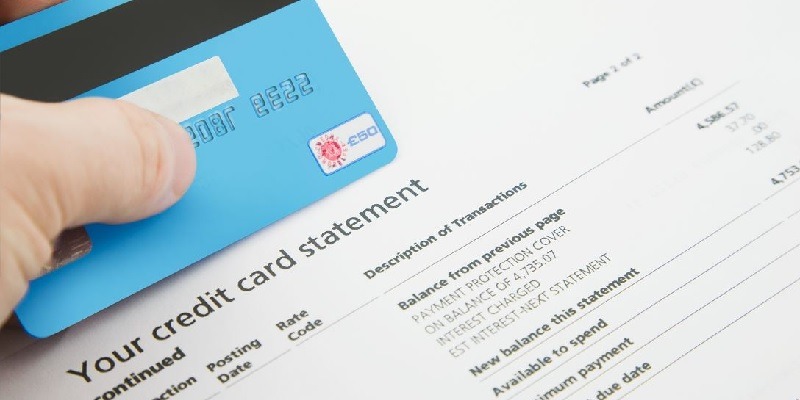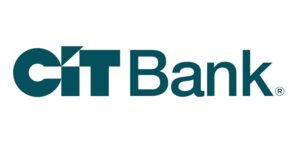
It can be easy to just keep swiping your credit card at one store after the other. It can be just as easy to lose track of how much you’ve been spending. Now your credit card statement has arrived, and it’s time to make sense of your purchases.
It may be your first credit card and you don’t know how to read the bill, or you may have just forgotten. Either way, here is how you can read your credit card statement.
What You’ll Find on a Credit Card Bill
The look of credit card statements can vary depending on the company, but the basic information should remain the same. You can expect to see:
- A list of transactions for the month associated with your card
- Your credit card limit (the maximum amount you can spend with the card)
- Your account number
- A payment address
- Phone numbers for contacting customer service
- A fee amount
- Your credit card balance
- An overview of your monthly account activity (money in and money out)
- Information about interest rates, late fees and other conditions
It’s important to take the time to read over the bill when you receive it, to ensure that there are no errors. Errors could be purchases that you did not make or if a date does not match up. These are things you would want to get cleared up as soon as possible, so that you are not charged for something you did not buy.
To resolve these errors, first call the business where the transaction was made. If they are not willing to correct the error, contact your credit card company directly and send them any documents necessary to prove that there was an error.
You do not want to brush off errors, because hackers will often start with a small transaction to see how you react. If you don’t do anything about it, they will make bigger transactions.
Additionally, errors on your statement can affect your credit score if they hurt your ability to pay the bill or if they push your credit utilization ratio too high. Your credit score is important for your future purchases such as buying a house or getting a loan.
Your Credit Card Balance
On your statement, there will be a summary of your account activity that shows you your account number, your credit card spending limit, and your billing dates. There is also a summary of your credit card balance that lists your current balance and your balance from the last pay period.
Your credit card balance is the number reflecting how much money you will have to pay back your credit card company. This is calculated by totaling all of your charges (purchases, cash advances, and balance transfers), fees and interest, and subtracting the amount you paid toward your previous balance.
Your bill will also show the amount of available credit you have, which is the credit you have left over when you subtract your current balance from your credit limit.
Paying Your Credit Card Bill
Moreover, there will most likely be a section with your payment information on your summary with your current balance listed a second time, the minimum payment, and deadline for paying your bill.
It may sound great only paying the minimum, but keep in mind that the less money you pay at a time, the more interest you will owe in the long run. In most cases, your bill might show a table with exactly what will happen if you do not make the minimum payments instead of paying your card off in full each month. Even if you don’t see a table, it’s better not to be incurring a lot of interest.
Be sure to read your statement’s late payment warning, which explains the consequences to not paying your bill on time. Your credit card company may even raise the annual percentage rate (APR) if you miss a payment date. Your APR indicates how much money you will owe in interest if you can’t pay your entire bill by the deadline. The higher the APR is, the more interest you’ll have to pay.
On top of that, if you send your bill more than 60 days past the due date, your penalty APR will stay with you, unless you pay your bill on time for the following six months consecutively.
Lastly, be attentive to the interest charge calculation, which tells you what your APR is and how it applies to different purchases, and other areas about your account terms. If your APR does increase, you will find out at least 45 days before the change.
 |
 |
Bottom Line
Credit cards are convenient and a great way to build your credit. Some cards even allow you to earn points, miles, or cash back.
Be sure you know how to read your statement and understand all the different terms. With knowing the ins and outs of your statement, you’ll make sure nothing goes awry.
For more information on banking, check out our Bank Guides right here on HMB!




Leave a Reply